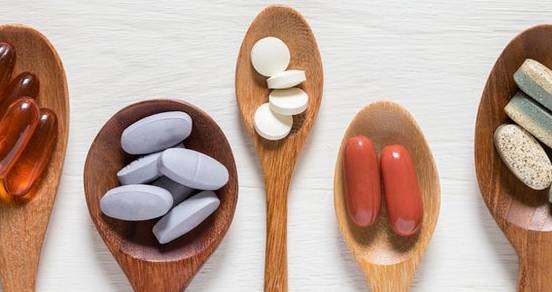Acne treatment oral antibiotic - Dr Yeung Ho Hong 楊浩康

Mechanism of action of oral antibiotics
Acne is a common skin problem for many teenagers and some adults, and there are so many treatment methods for acne that it is often difficult for each patient to choose the most suitable program for himself. Generally speaking, acne treatments mainly include topical creams, oral antibiotics, oral contraceptives, oral isotretinoin, and other lesser-used treatments (e.g., laser treatment). Regardless of the method used, most treatments need to last for two to four months or even longer to achieve significant results. In other words, acne treatment requires both patience and precise treatment strategies.
Treatment process and side effects of oral antibiotics
.For mild to moderate acne, topical creams such as retinoic acid, benzoyl peroxide, and antibacterial creams are usually the first choice to reduce follicular keratinization, unclog pores, and inhibit bacterial growth. However, when acne is more serious and accompanied by cystic or nodular lesions, topical medications alone are often not enough to control the condition, and doctors will then recommend combining oral antibiotic treatment. Commonly used oral antibiotics, such as Erythromycin or Doxycycline, can effectively inhibit the growth of acne bacteria and have anti-inflammatory effects, thus reducing inflammation and promoting the improvement of the condition.
Treatment strategies for topical ointments
Oral antibiotic treatment usually needs to be taken continuously for at least two months and continued until the skin condition has stabilized without further deterioration. However, as some patients expect quick results, some stop taking the medication on their own when they do not see significant improvement within one to two weeks of use, which often leads to ineffective treatment and even the recurrence or worsening of acne. Therefore, following the doctor's instructions and completing the entire course of treatment is the key to ensuring the effectiveness of the treatment.
It is worth noting that some oral antibiotics have photosensitivity, which may make the skin more sensitive to sunlight and prone to photoinflammation. Therefore, while taking these medications, patients must take good sun protection measures, such as the use of broad-spectrum sunscreen, sun hats and appropriate clothing, in order to avoid further damage to the skin from ultraviolet rays. In addition, some oral antibiotics may affect the growth and development of children or pose a potential risk to pregnant women and women planning to become pregnant, which makes it necessary to conduct a full evaluation and physician consultation prior to use.
In clinical practice, depending on the severity of the patient's acne, the texture of the skin, and the individual's tolerance, the doctor will usually develop a personalized treatment plan, combining topical creams with oral antibiotics to achieve better results. At the same time, regular follow-up visits and blood tests can help detect and adjust possible side effects in time, thus ensuring the safety of the treatment. Patients should also actively communicate with their doctors during the treatment process to reflect changes in their condition so that the most appropriate medication adjustments can be made.
In conclusion, oral antibiotic treatment for acne is an empirically proven effective treatment, especially for moderate to severe acne cases. By reducing sebum production, inhibiting acne bacteria, and reducing localized inflammation, this treatment ensures that the skin gradually regains its health. However, as the treatment process lasts for several months and is susceptible to side effects, patients must be under the supervision of a medical professional and pay attention to daily care and sun protection. Only through a comprehensive understanding of the condition and the key points of treatment, and insisting on completing the full course of treatment, can we truly achieve the goal of improving acne and restoring self-confidence.
